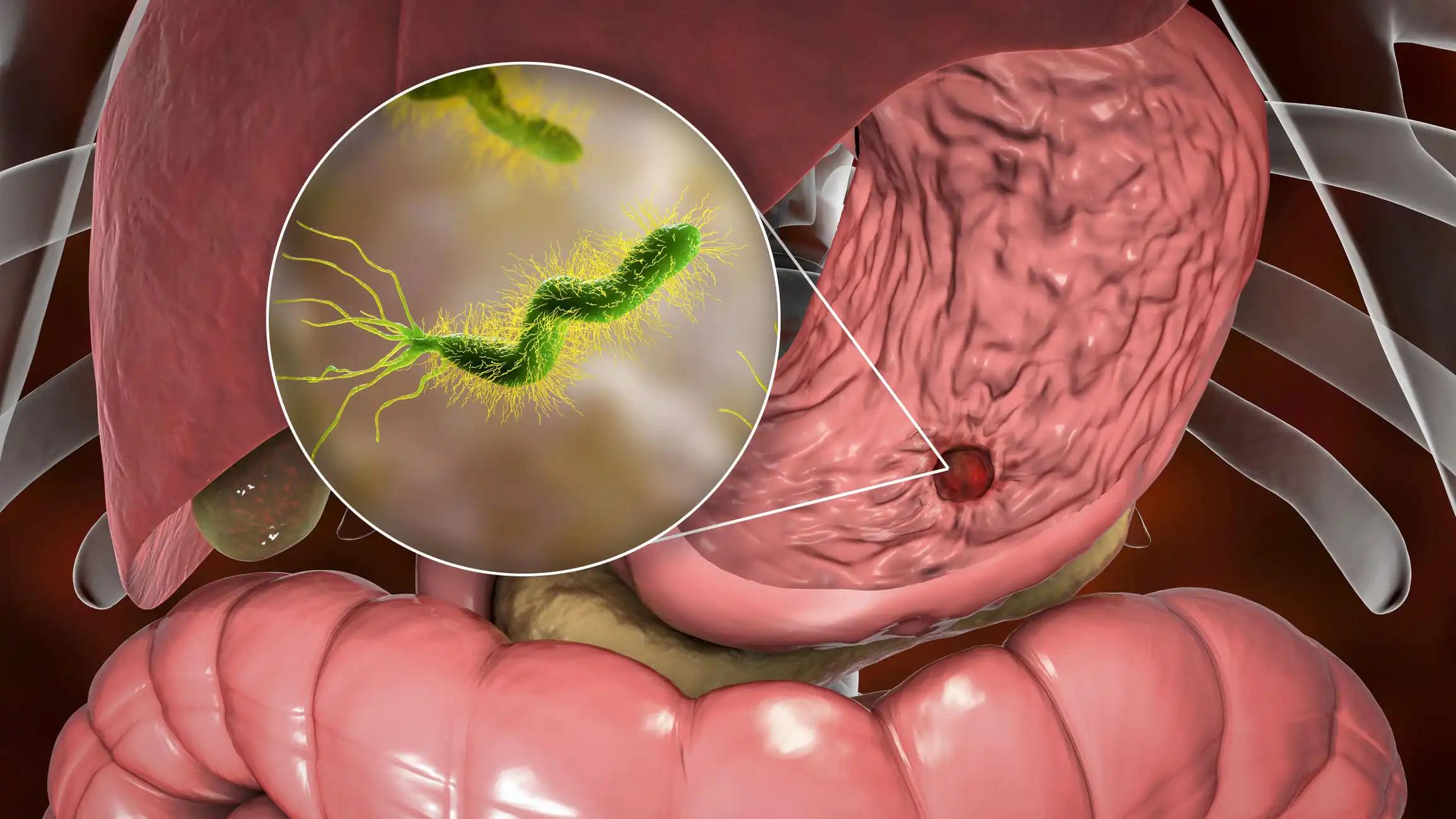KEY TAKEAWAYS
- The KEYNOTE-585 phase 3 trial aimed to assess the efficacy and safety of perioperative pembro plus chemo in pts with G/GEJ cancer.
- The primary endpoints were to determine pathCR (BICR), EFS, OS, and safety.
- Researchers noticed that perioperative pembro plus chemo showed consistent efficacy and safety outcomes.
At 3 interim analysis (IA3) of KEYNOTE-585 (NCT03221426), perioperative pembrolizumab (pembro) + chemotherapy (chemo) vs placebo (pbo) + chemo did not show significant improvement of event-free survival (EFS) in patients (pts) with untreated locally-advanced, resectable gastric and gastroesophageal junction (G/GEJ) cancer, although pathCR rate improved. A separate cohort evaluated pembro + FLOT.
Kohei Shitara and the team aimed to assess the efficacy and safety of perioperative pembro plus chemo in resectable G/GEJ cancer.
They performed an inclusive analysis involving eligible pts with untreated, locally advanced, resectable G/GEJ cancer. Patients were randomized 1:1 to receive either neoadjuvant pembrolizumab 200 mg IV Q3W or pbo plus chemo (cisplatin + capecitabine or cisplatin + 5-FU) for 3 cycles. Following surgery, pts received adjuvant pembro or pbo plus chemo Q3W for 3 cycles, followed by adjuvant pembro or pbo Q3W for 11 cycles in the main cohort.
In a separate FLOT cohort, pts were randomized 1:1 to receive pembro or pbo plus docetaxel, oxaliplatin, leucovorin, and 5-FU Q2W. The primary endpoints included pathologic complete response (pathCR) assessed by Blinded Independent Central Review (BICR), EFS evaluated by RECIST 1.1 and investigator criteria (INV), overall survival (OS) in the main cohort, and safety in the FLOT cohort. OS was not statistically assessed at final analysis due to the lack of positive results in EFS at the third IA3.
About 804 pts were randomized into the main cohort (402 pembro; 402 pbo) and 1007 into the main + FLOT cohort (502 pembro; 505 pbo). As of the data cut-off on February 16, 2024, median follow-up durations were 59.9 months and 58.6 months, respectively. In the main cohort, the pathCR rate was 13.4% (95% CI, 10.3-17.2) with pembro plus chemo compared to 2.0% (95% CI, 0.9-3.9) with pbo plus chemo (difference 11.4% [95% CI, 8.0-15.3]). At final analysis, median EFS was 44.4 months versus 25.5 months (HR 0.81; 95% CI, 0.67-0.99) and median OS was 71.8 months versus 55.7 months (HR 0.86; 95% CI, 0.71-1.06) with pembro plus chemo versus pbo plus chemo, respectively. Grade ≥3 drug-related adverse event (AEs) rates were 65% vs 63%.
The study concluded that efficacy and safety outcomes of neoadjuvant/adjuvant pembro plus chemo followed by adjuvant pembro in pts with untreated, locally advanced resectable G/GEJ cancer were consistent with prior analyses.
The trial was sponsored by the Merck Sharp & Dohme LLC.
Source: https://cslide.ctimeetingtech.com/esmogi24hybrid/attendee/confcal/show/session/17
Clinical Trial: https://clinicaltrials.gov/study/NCT03221426
Shitara K, (2024). “Final analysis of the phase III KEYNOTE-585 study of pembrolizumab plus chemotherapy vs chemotherapy as perioperative therapy in locally-advanced gastric and gastroesophageal junction cancer.” Presented at ESMO-GI 2024 (Abstract LBA3).



